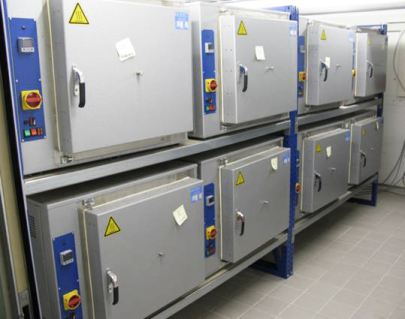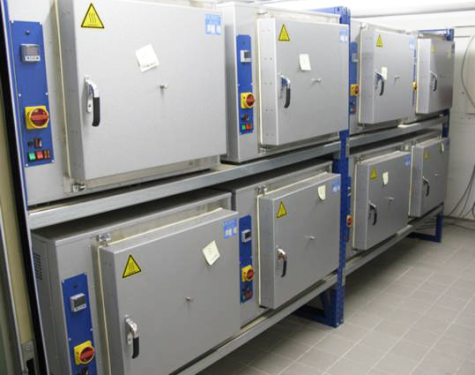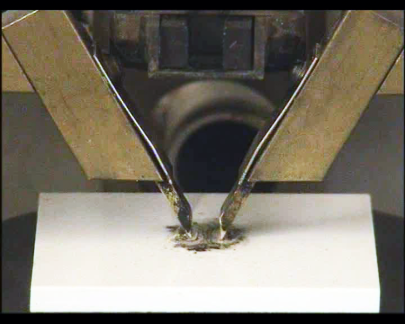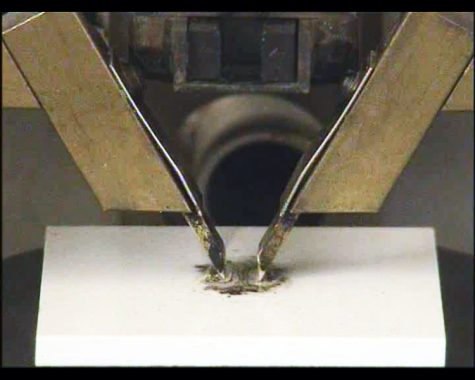Main activity
The following topics are the current focus of work in the Interfacial Phenomena & Design of Plastics and Composites competence area:
In biomaterials and implants, understanding internal and external interface properties is an important prerequisite for understanding system properties. By means of micro-computed tomography in combination with graphical data processing methods, structures in bone tissue, for example, can be elucidated down to the micrometer range and fed to further analyses (e.g. FE modeling).
In the case of degradation processes on plastics, e.g. diffusion-limited thermoxidative aging or media exposure, interfacial effects must be taken into account along with other factors. For the determination of long-term thermal behavior (e.g. determination of the temperature index according to IEC 60216 or ISO 2875), a high-performance aging facility with 20 heating cabinets is available. This can also be used for media storage (e.g. according to ISO 175) of specimens at elevated temperatures.
In addition to the behavior of the bulk material, interfacial phenomena are important for evaluating the tracking resistance of insulating materials in electrical engineering. Here, foreign layers on insulating material surfaces interact with moisture when an electrical voltage is applied. Two test instruments are available for determining the Comparative Tracking Index (CTI) according to IEC 60216.









